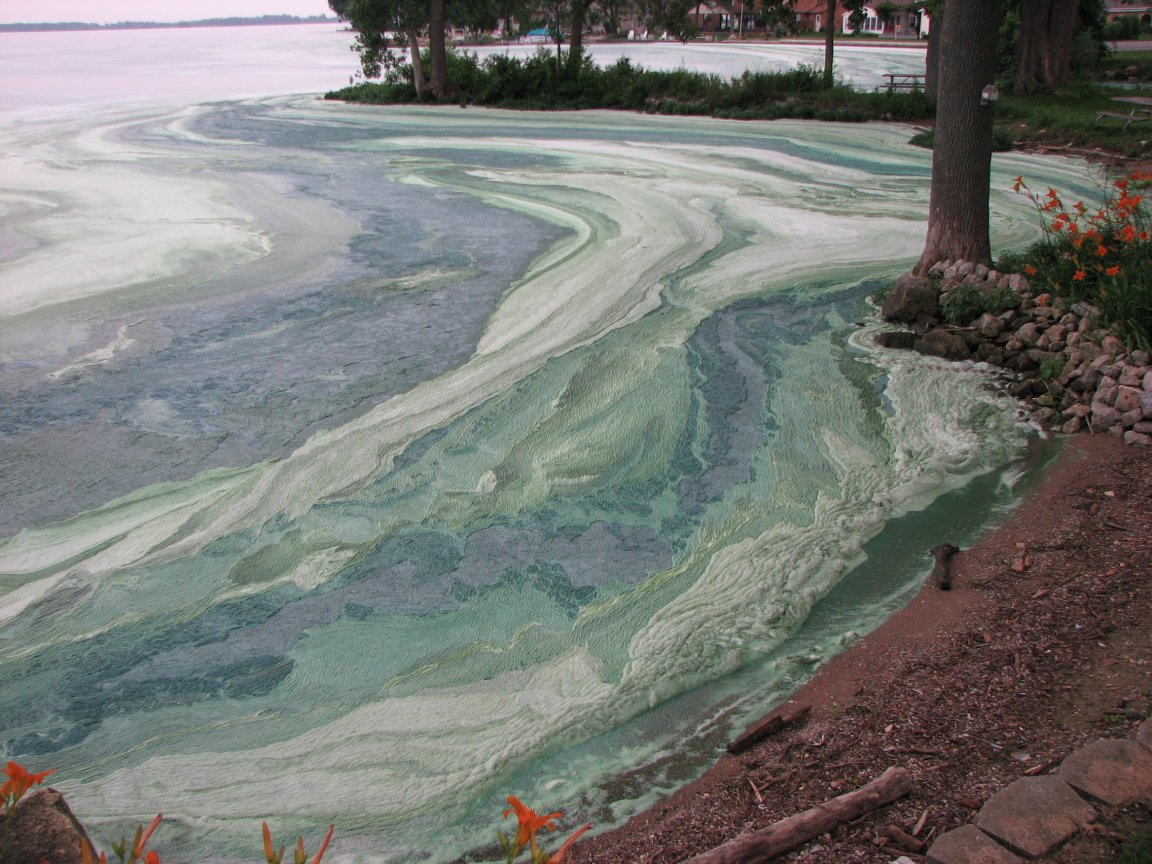
Trash to Treasure
Harmful algal blooms (HAB’s) caused by cyanobacteria severely threaten humans, livestock, and wildlife, leading to illness and sometimes even death. Last August saw a horrible incident where the HAB’s in the water from Lake Erie poisoned the water system in Toledo, Ohio.
In an effort to determine what valuable process these HAB’s could be used for, a small group of scientists began testing whether they could be converted into ‘green’ electrodes for reversible sodium storage in Na-ion batteries. Ultimately the team succeeded in creating electrodes that started out with a high capacity of up to 440 mAh/g. While the electrode suffered from an irreversible capacity loss after the first cycle in this instance, it did demonstrate good capacity retention from the second cycle onward.

The Implications
While hard carbon is most often derived from petroleum, it can also be made from biomass. This study is the first time that HABs have been directly converted into carbon for Na-ion batteries. The advantage of this conversion process is that HAB’s grow quickly, don’t require land or soil, and can be easily converted by simple heat treatment.
HABs have advantages in that they grow quickly and don’t require land or soil. And as the researchers showed here, HABs can easily be converted into hard carbon by simple heat treatment, without the need for purification or other additional processes.”Our future research will focus on the optimization of electrochemical performance of HAB-derived carbon in Na-ion batteries,” the team said.